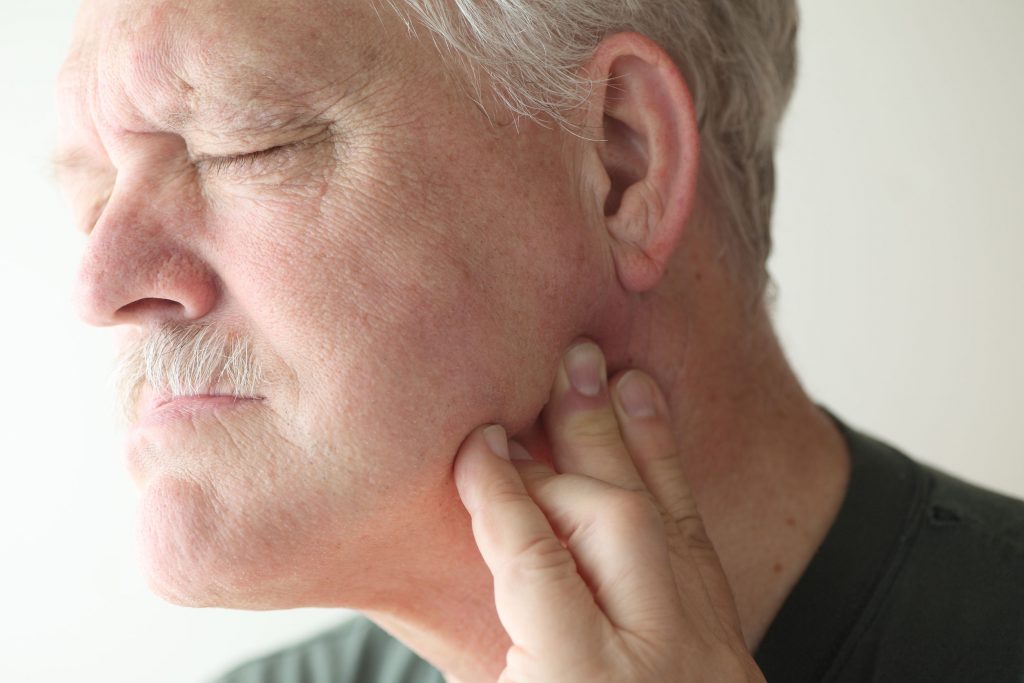When looking for a dental treatment that can help restore a smile after damage or trauma, there are a few steps that need to be taken before a person can flash those pearly whites again. Making sure that the correct diagnosis is made for your particular dental issues is fundamental because it will tell you and your dentist the exact procedures you need to regain confidence in your smile. For those patients who are missing one or more teeth, dental implants are almost always the best option. These implants look and function the same as a regular tooth. However, having an implant placed in the jawbone requires that the jaw be strong enough to maintain the implant once it is placed. If the jawbone is too thin or soft, it may cause the implant surgery to fail. Luckily, there is a procedure that can ensure that your jawbone is strong enough to accept a dental implant. In today’s post, we here at Ocoee Oral Surgery are going to talk about bone grafting, a procedure that we use to make sure that our patient’s jawbones are strong enough to accept and maintain a dental implant.
What is a Bone Graft?
While it might sound like a serious medical term, a bone graft is actually a pretty simple procedure. This surgical procedure is conducted when the patient’s jaw bone is damaged from tooth loss, trauma, or gum disease and is used to fill the void where the bone is absent, providing structural stability to later install a dental implant. During a bone grafting procedure, the replacement bone has to be as close to the original dimension and position of the bone as possible. So, where do we get this bone from? The bone used in a bone graft can come from a variety of sources including a patient’s own body, a donor, or it can be entirely artificial. The most common types of bone grafts are:
- Autograft: We take part of a bone from the patient’s body, such as their hip, pelvis, wrist, or rib.
- Allograft: We take a bone from a cadaver that has been thoroughly cleaned and stored in a tissue bank for this exact use.
How is a Bone Graft Performed?
Depending upon the initial integrity of the jaw bone, one of our oral surgeons will decide what type of bone graft will be used. After deciding how the bone graft will be sourced, the patient is placed under anesthesia. While the patient is under, the oral surgeon will make a small incision in the skin above where the graft is needed and will then shape the bone to fit the area. The bone graft is then held in place using pins, screws, plates, wires, or cables. Once the bone graft is securely in place, the surgeon closes the incision with stitches.
After the bone graft is completed, the body will naturally start to accept the grafted bone. We often think of our bones as lifeless features that are simply there to provide support; however, bones are just as alive as any other part of our body. Barring any complications, the bone graft will begin to take, increasing the strength in the area of the jaw that it was placed.
In the weeks following, it is important the patient takes it easy when it comes to oral function. The initial incision takes anywhere from two weeks to a month to heal and the bone graft itself will take up to three months to fully set. To ensure the bone graft will not become damaged in the weeks and months following the procedure, we often advise our patients to avoid strenuous exercise and to make sure they are eating foods that are as soft as possible. We also take the time to advise our patients on proper flossing and brushing techniques after the surgery to reduce the chances of infection setting in.
So, What Are the Advantages of a Bone Graft?
Whether you get dental implants after your bone graft is up to you (though we highly recommend it), but we do suggest having a bone graft completed if you have lost teeth and your jaw condition is poor. The advantages of having a bone graft include:
- Allows for the preservation of the shape and strength of the bony ridge, long after the tooth is gone.
- Increases the likelihood of successful placement of a dental implant, bridge, or partial placement in the future.
- Helps mitigate the shrinkage in the mouth’s height and width over time from lack of strong bone structure.
- Works to avoid the possibility of narrow, short, and fragile jaw structure.
If after reading this blog you think that a bone graft is your best option to maintain the strength of your jawbone and improve your overall health, get in touch with us at Ocoee Oral Surgery today. We have been providing oral surgery services in the Cleveland area for years, and we have the knowledge, tools, and experience needed to ensure that your mouth, jaw, and teeth are as healthy as possible.





 Experiencing temporomandibular joint pain? You might have
Experiencing temporomandibular joint pain? You might have